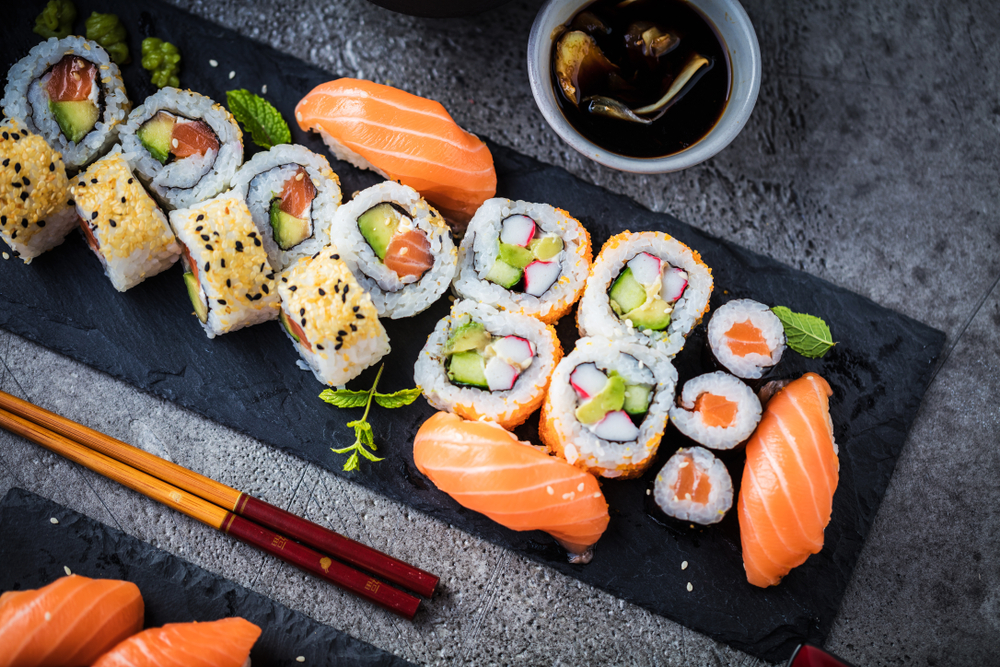The defrosting process for sushi is different from defrosting raw meat. If you defrost your salmon by submerging it in cold water, be sure to remove all packaging and pat the fish dry before using it. You should also ensure that all of the ice has been removed from the package before cooking.
To defrost salmon for sushi, fill a large bowl of cold water, place the fish in a resealable bag and submerge it. Depending on its size and thickness, it will take anywhere from 30 minutes to 1 hour for the salmon to defrost. Check it after 30 minutes; if it’s still not done, switch out some water with colder.
Read on to discover all of the methods you can use to defrost sushi-salmon, which are best, and which are quickest. Additionally, we’ll cover some frequently asked questions about the process of defrosting sushi-grade salmon.
How Do I Defrost Salmon For Sushi?
Salmon defrosting for sushi is a little different than defrosting it for some other dishes. You want to make sure that the fish doesn’t absorb too much water, so you’ll need to dry before cooking and remove any packaging from the salmon. If you are looking forward to making salmon sushi, learn how much does salmon cost?.
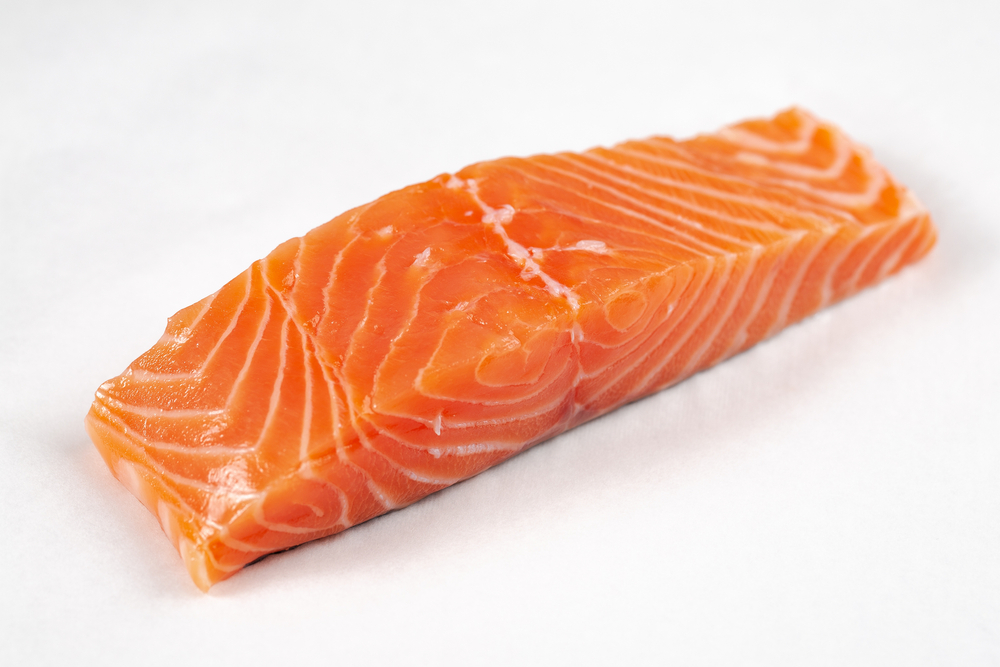
Step One
The best way to defrost salmon for sushi is by submerging the salmon in cold water, preferably using a resealable bag. Be sure to seal the bag completely so water doesn’t get inside.
- Responsibly Farmed or sustainable wild-caught
- Certain preservatives prohibited, including sodium bisulfite and STPP
- Traceable to farm or fishery
- No antibiotics, added hormones or land-animal products in feed
- Raised in carefully monitored, low-density pens and tanks without synthetic pesticides
Step Two
Leave it defrosting for 30 minutes to an hour or until defrosted, depending on the size and thickness of the salmon. Check the salmon after thirty minutes. If it isn’t completely defrosted, replace it with colder water and let it sit for another 30 minutes.
Step Three
After defrosting, you’ll want to dry off any excess moisture that may have accumulated during the defrosting process with a paper towel before cooking your sushi dish.
To avoid contamination from bacteria growth, be sure not to handle raw fish or its packaging without first washing hands thoroughly with soap and warm water. Then dry them well with disposable towels — even if they are just being held!
What Are The Different Defrosting Methods For Sushi Grade Salmon?
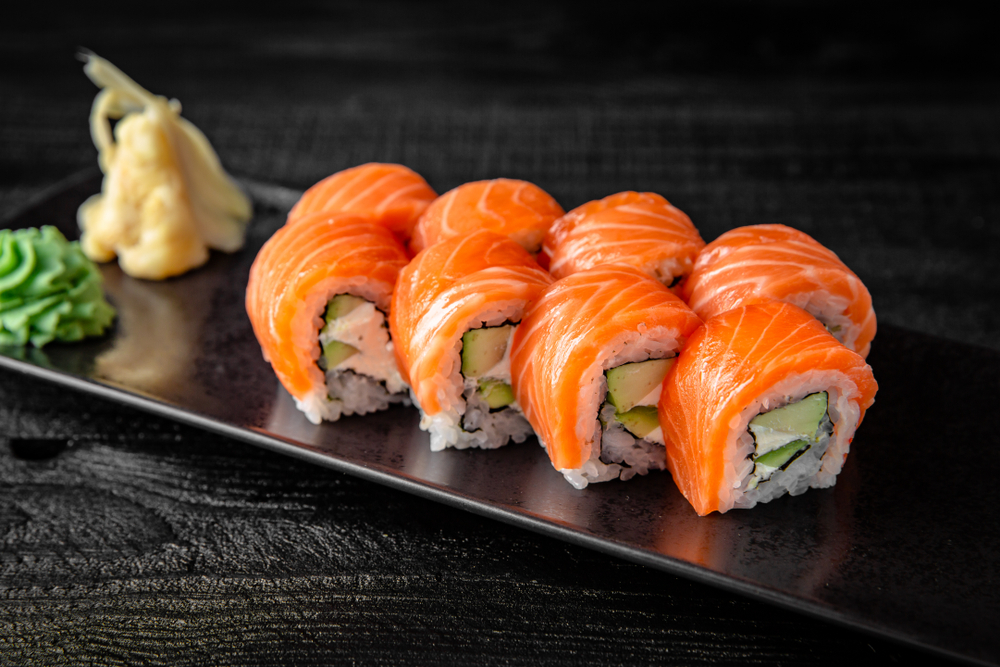
Defrosting sushi-grade salmon can be done in various ways, depending on how quickly you plan to use the salmon and how much time you have.
The different methods for defrosting sushi-grade salmon include:
- Defrosting in the refrigerator
- Defrosting with cold water (in a sink or container)
- Defrosting at room temperature
- Defrosting in a microwave.
- This product is Marine Stewardship Council (MSC) certified. In order for a fishery to earn MSC certification, theyâ€re evaluated by an independent third party in accordance with the MSC Fisheries Standard for healthy fish populations and ecosystems, and effective management.
- Certain preservatives prohibited, including sodium bisulfite and STPP
The defrosting method you use should depend on how much time you have available and the size of your salmon fillets.
Which Method Of Defrosting Sushi Grade Salmon Is Quickest?
You can defrost sushi-grade salmon quickly by leaving it at room temperature for 30 minutes. This method will achieve satisfactory results and does so without compromising the quality of fish texture.
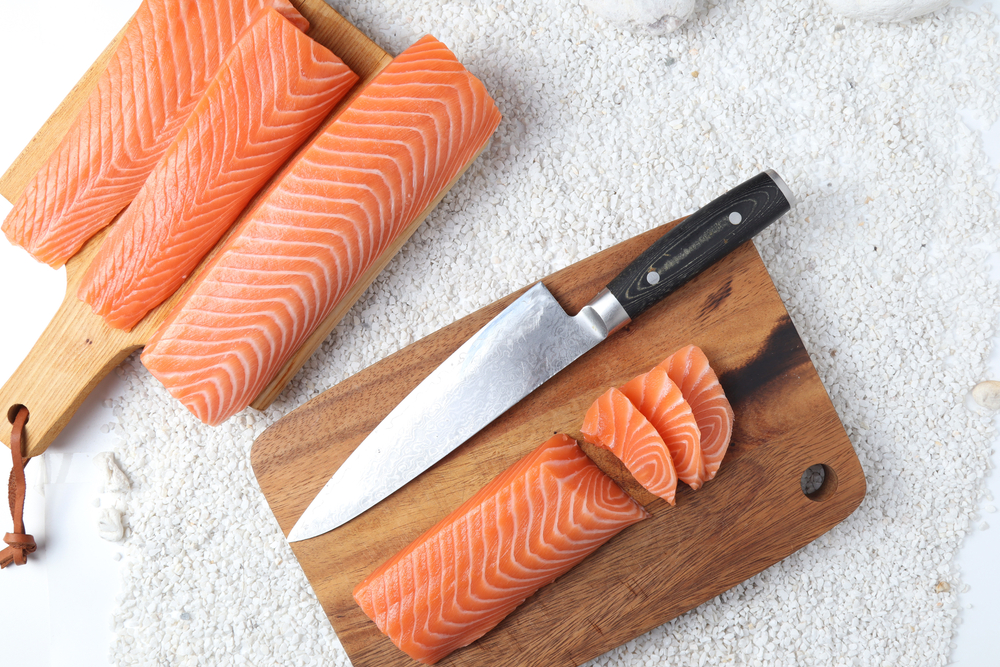
This process works best if you are planning to cook the fish immediately after defrosting. Any excess liquid content must be evaporated before cooking your dish because this can result in a soggy or dry texture depending on how much liquid is left.
- Responsibly Farmed or sustainable wild-caught
- Certain preservatives prohibited, including sodium bisulfite and STPP
- Traceable to farm or fishery
Related Questions
How Do You Know If Your Sushi Grade Salmon Is Defrosted Correctly?
You can tell that your sushi-grade salmon is defrosted correctly if the defrosted salmon has no excess liquid content and a consistent texture. Some defrosting methods can result in a soggy or dry texture depending on how much liquid is left.
Is It Ok To Defrost Sushi Grade Salmon With Hot Water?
Sushi Salmon should not be thawed with hot water as it can affect the texture of the fish. Coldwater changed out every twenty to thirty minutes will thaw your salmon effectively without causing an issue with its texture.
Is It Safe To Defrost Sushi Grade Salmon In The Microwave?
Sushi Grade salmon defrosts best in cool water or at room temperature for about fifteen minutes per pound of defrosting, but it can be done using other methods.
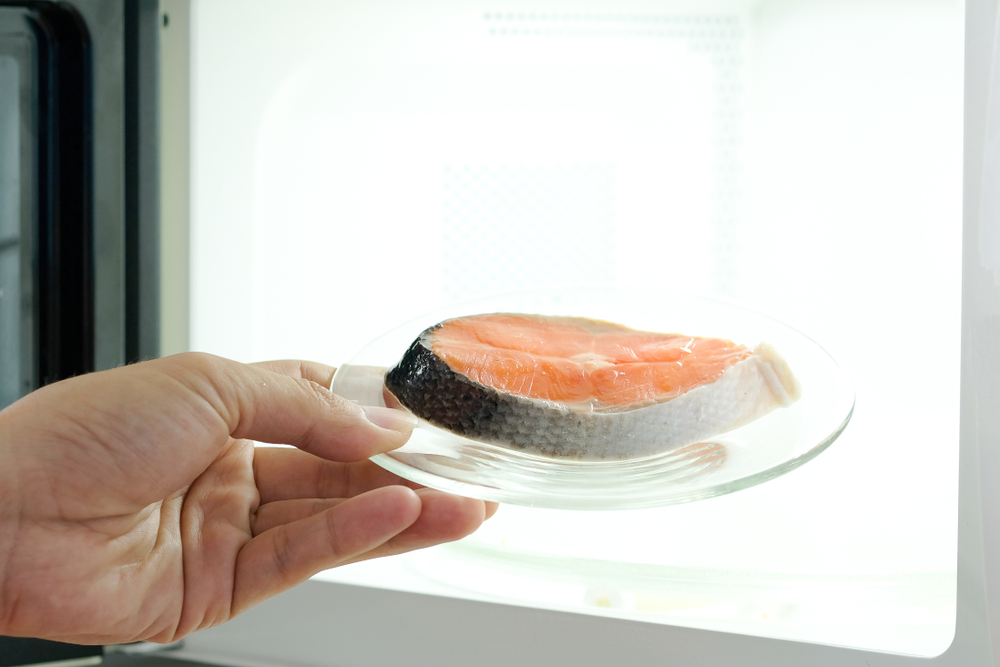
It is safe to defrost sushi-grade salmon in the microwave, but it should be done on wax or parchment paper and not directly in your container. This will prevent any issues with leaking liquid onto the defrosted fish.
Defrosting using a microwave is not the ideal way to defrost sushi-grade salmon, but it is a defrosting method that will work.
Conclusion
There are many ways to defrost salmon for sushi, but the cold water method is one of the fastest and most reliable. You can also use a microwave or refrigerator, but your salmon’s texture will be of lesser quality compared to submerging it in cool water.
To determine how long your fish needs before cooking, consider its thickness; thinner pieces will require less time than thicker ones. When submerging your sushi-grade salmon in cold water, be sure to check it every twenty to thirty minutes and dry it off when defrosting is complete.







